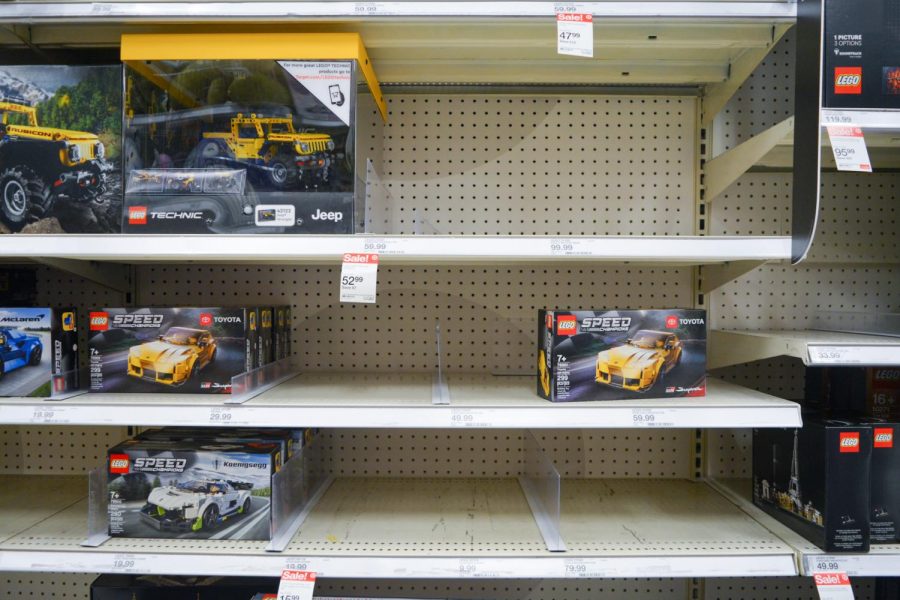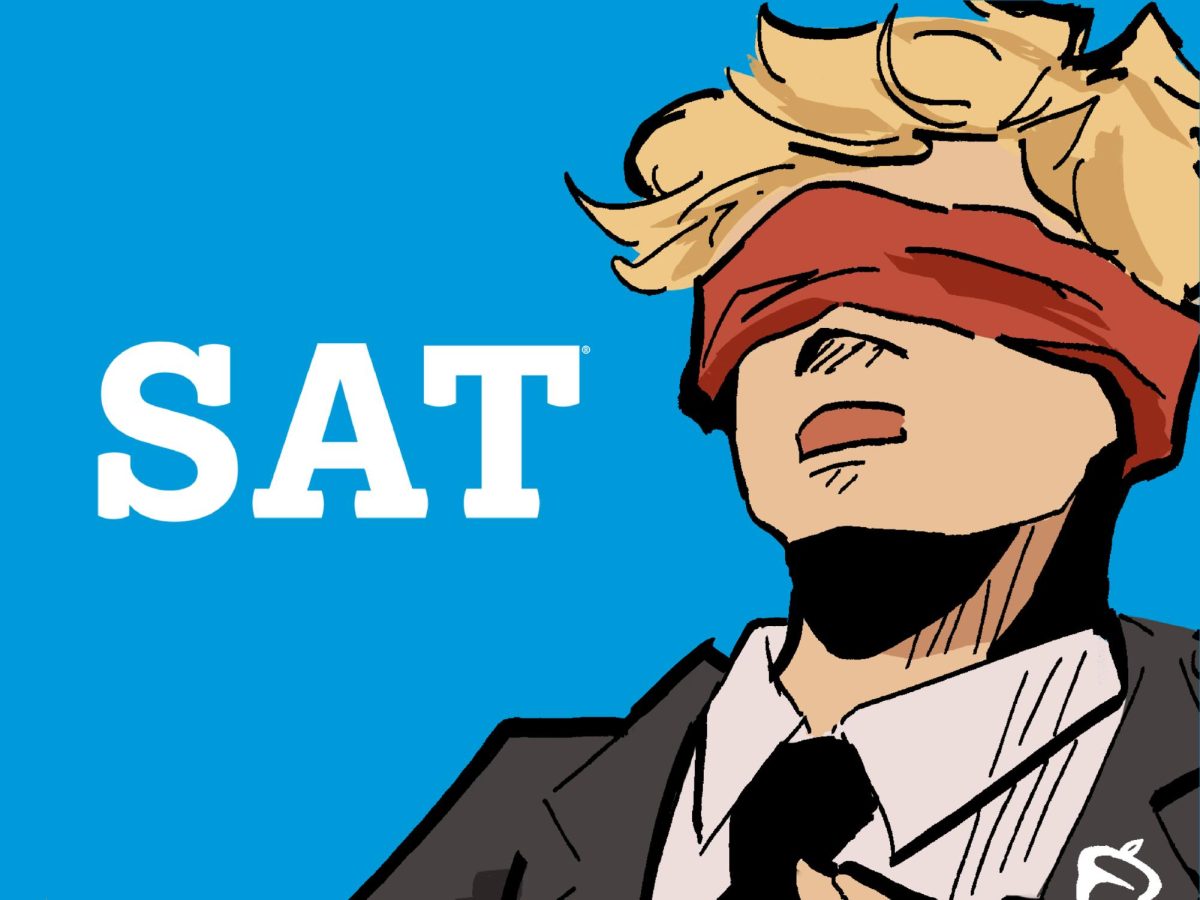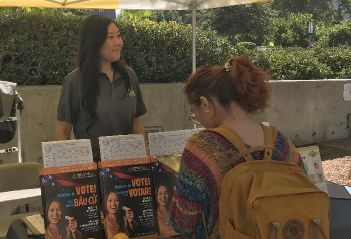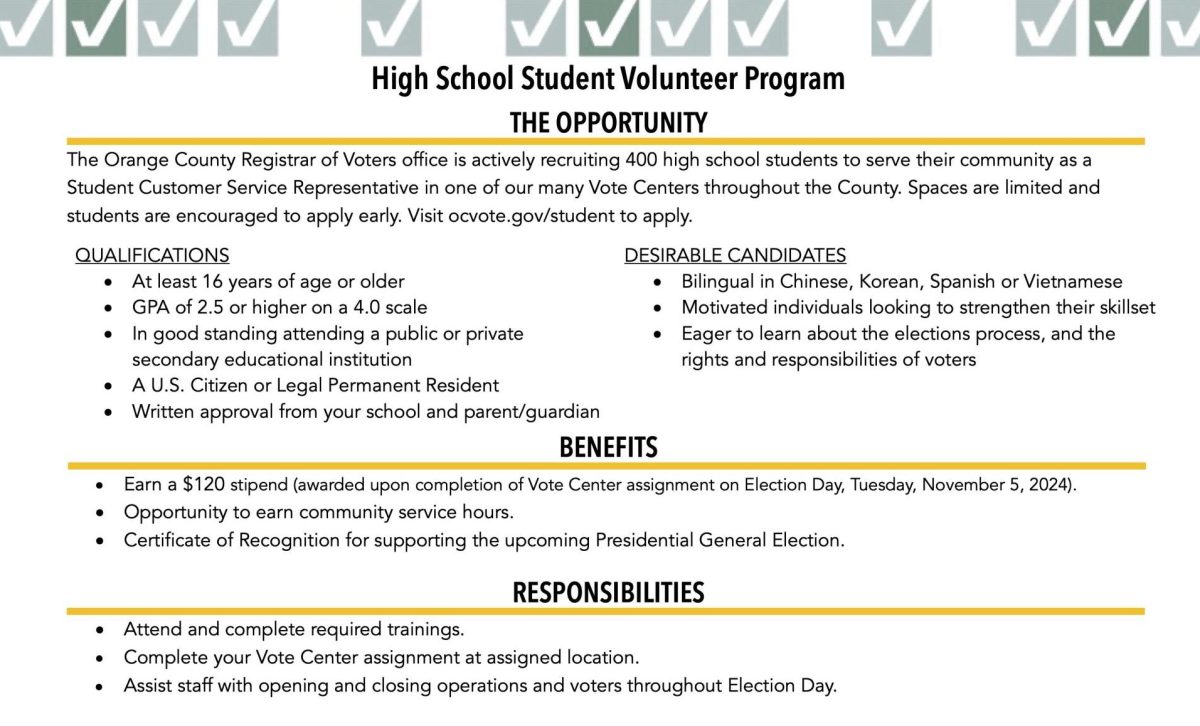Stepping into the makeup section of CVS, senior Melissa Macedo scanned the shelves — some barren of the products she normally sees — for her usual e.l.f. “Expert Liquid Liner” in jet black.
Midnight and charcoal — but no jet black.
Disappointed, Macedo went to Target instead in hopes of buying one there, only to find that they also ran out of the same color.
Sunny Hills students like Macedo recognized the effects of the supply chain shortage and struggled to find the products they desire.
In fact, Oct. 15 polling from Morning Consult — a global data intelligence company gathering statistics on market research — revealed that 72% of young consumers faced products being out of stock as compared to the 40% of older adults who couldn’t find their necessary items.
To make matters worse, Macedo and her friends plan on exchanging gifts through a Secret Santa, but she feels the current economic situation may be an obstacle when buying presents for her friends.
“The product my friend wants is from Sephora, and when I went [to buy it], they only had samples,” said Macedo, who was looking for a Fenty Beauty lip gloss. “… There were, overall, a lot of empty shelves there, and Sephora had a lot of samples but not many of the actual products.”
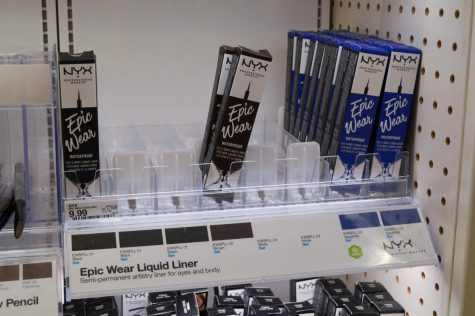
Like Macedo, freshman Andrew Kwon’s purchase of Nike Air Force 1 sneakers was delayed because they were out of stock at the Nike store located in Cabazon Outlets when he went to buy a pair.
“[Not seeing them in stock] made me feel frustrated and slightly disappointed,” said Kwon, who visited the store in September but ended up finding the shoes in early November.
Though he feels the shortage won’t affect him personally this season, Kwon sees it becoming an issue for parents shopping for the holidays as he frequently sees the children’s toy aisles empty.
Sophomore Charlotte Liu also faced similar problems while shopping at chains such as Brandy Melville or Pacsun.
“If [a clothing item] is out of stock, I’m just not going to try anymore because it’s probably not going to be in stock for a long time,” said Liu, who now buys most of her clothes from web stores since the start of the pandemic.
In the summer, Liu browsed the Brandy Melville website for a pair of Tammy Cargo Pants but was unable to purchase it because she couldn’t find one in her size — they didn’t restock the item in her size until two months later.
However, unlike Macedo and Kwon, Liu doesn’t feel that the current situation will become a problem when buying presents for loved ones, reflecting the 70% of students who answered that they were unaffected by the supply chain shortage out of 130 responses.
In contrast, Spanish teacher Scott Griswold agreed with Kwon and mentioned that parents may struggle with buying gifts for younger children. He advised them to start purchasing earlier this year.
“You know how much kids’ gifts mean to them — it’s a big deal,” Griswold said. “If parents wait too late, those [gifts] are going to be gone, and they’ll be sitting on a ship off of Long Beach.”
Not only does it limit teens’ options when shopping and pose a threat to giving presents, the scarcity of commodities also becomes a challenge for adults like Griswold, who struggled to find an ARB compressor, used for off-road travel, last summer.
“The ARB compressor, which I needed for [our] Jeeps, was so impossible to get, and nobody had it in stock,” Griswold said. “Eventually, I [found] this guy who had it, and I had to buy it for double the price.”
In the perspective of producers and sellers, senior Angel Carmona, who has been working as a courtesy clerk at Albertsons since Sept. 19, 2020, said that stores suffered the effects of the shortage with certain, more popular goods being unavailable for weeks at a time.
One such instance was when the store ran out of the Starbucks Iced Coffee drink for almost a month in July.
“People would ask us for the coffee, but we would have tell them that we don’t have any because of the supply chain shortage,” Carmona said.
Besides this instance, Carmona said the only other shortage of products was when they ran out of paper towels and hand sanitizer on the eve of the pandemic; As of now, the shortage isn’t a major impediment on the business.
Along with shortages, the supply chain shortage brought with it another inconvenience for student drivers — inflated gas prices.
Junior Ryan Axe, who started driving after getting his license in February, expressed his disappointment in the new cost, which started increasing as people slowly started moving back to their pre-pandemic lives.
“I first started driving during the pandemic, and I remember [gas prices] were $3.10, maybe even $2.95,” Axe said. “Now I’m lucky to get it for $4.10 — a whole additional $1.19. [That’s] an additional $214 per year.”
HOW IS IT AFFECTING SUNNY HILLS?
Aside from students’ personal experiences, schools across the Fullerton Joint Union High School District — specifically Sunny Hills — have been dealing with the effects of the shortage, with the cafeteria being a major one.
“[The cafeteria food] has impacted the district tremendously because of the items we order,” FJUHSD director of purchasing, contracts, warehouse and food services Edgar Manolo said. “… Ever since the beginning of the school year, we have had shortages of different ingredients or different menu [items], so more times than not, our cafeteria managers will purchase more than they need.”
Food items ordered weeks prior from Gold Star Foods, a corporation that supplies food for schools, faced delays throughout the school year. Especially because of the new mandate — which orders schools to provide meals for all students — the task of ensuring the cafeteria is supplied with the right produce becomes an issue.
Because of this, the cafeteria staff has had to improvise and switch meal plans for certain days, Manolo said.
In addition to not being able to receive food on time, the lack of toner and printer paper, along with the delayed shipping of P.E. clothes, furniture, computers or Chromebooks can be attributed to the shortage, Manolo said.
The shortage of toner is also something that Sunny Hills, as well as other FJUHSD schools, is affected by because of the extensive use of paper and the printer for students and teachers.
“Luckily, we have two printers, so if one of them runs out, the other one still has some toner,” SH secretary Yolanda Rosales said. “We’re having to wait longer and longer for these toners to arrive.”
The number of employees at Sunny Hills and other FJUHSD schools also took a blow as a result of the pandemic, and the district is still working on dealing with its effects.
“Every cafeteria [in the FJUHSD] since COVID lost some people because they never came back or people retired,” Manolo said.
However, he and the district are working on negotiating to increase salaries for needed positions and coming up with more innovative recruitment strategies to attract potential staff members.
“In order for us to get back to normal, we need to put all the different pieces together, and it’s going to take time,” Manolo said. “My message is: we’ve got to be patient; things will come back together as long as we have all the safety protocols in place.”




